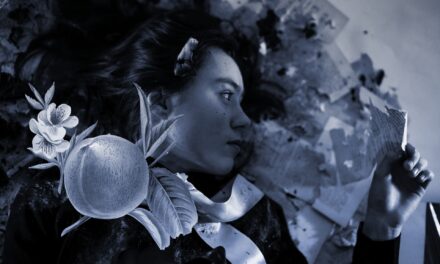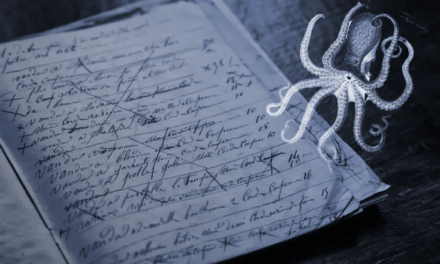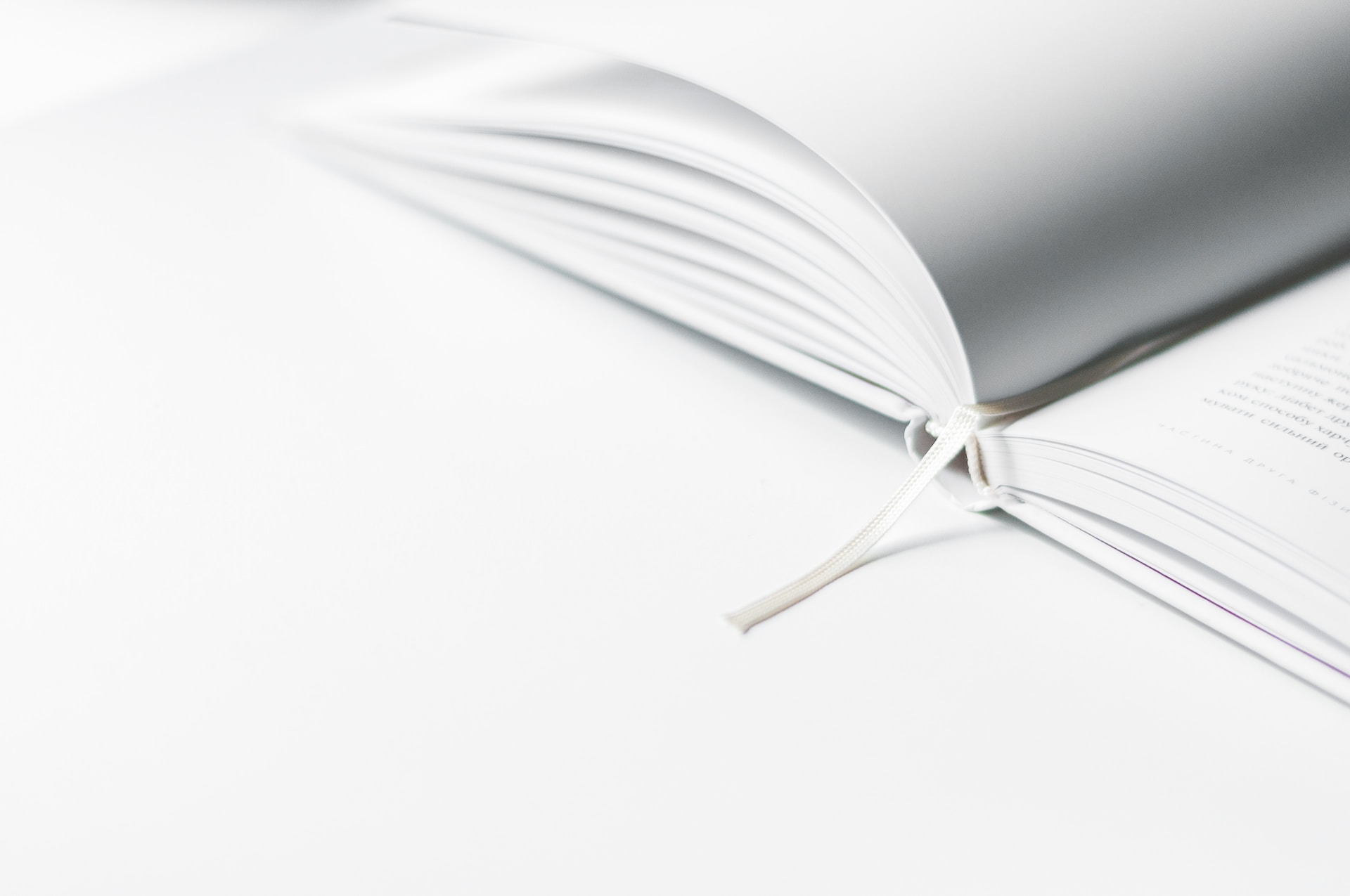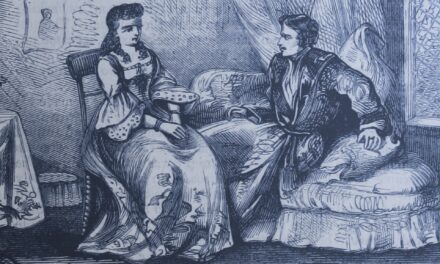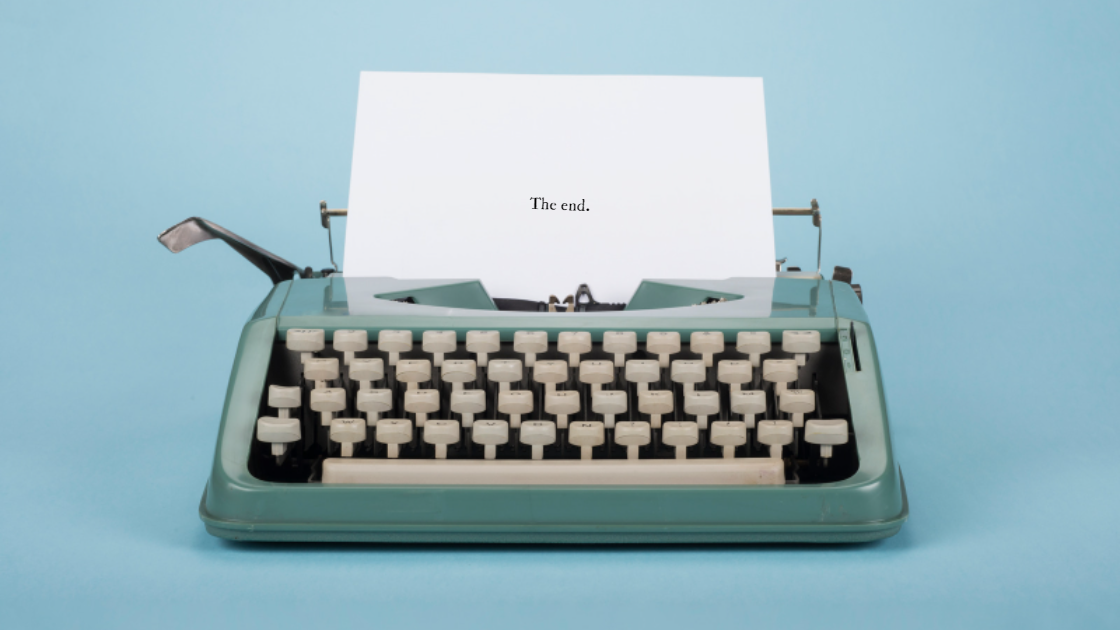
Three Ways Writing Poetry Will Make You a Better Prose Writer
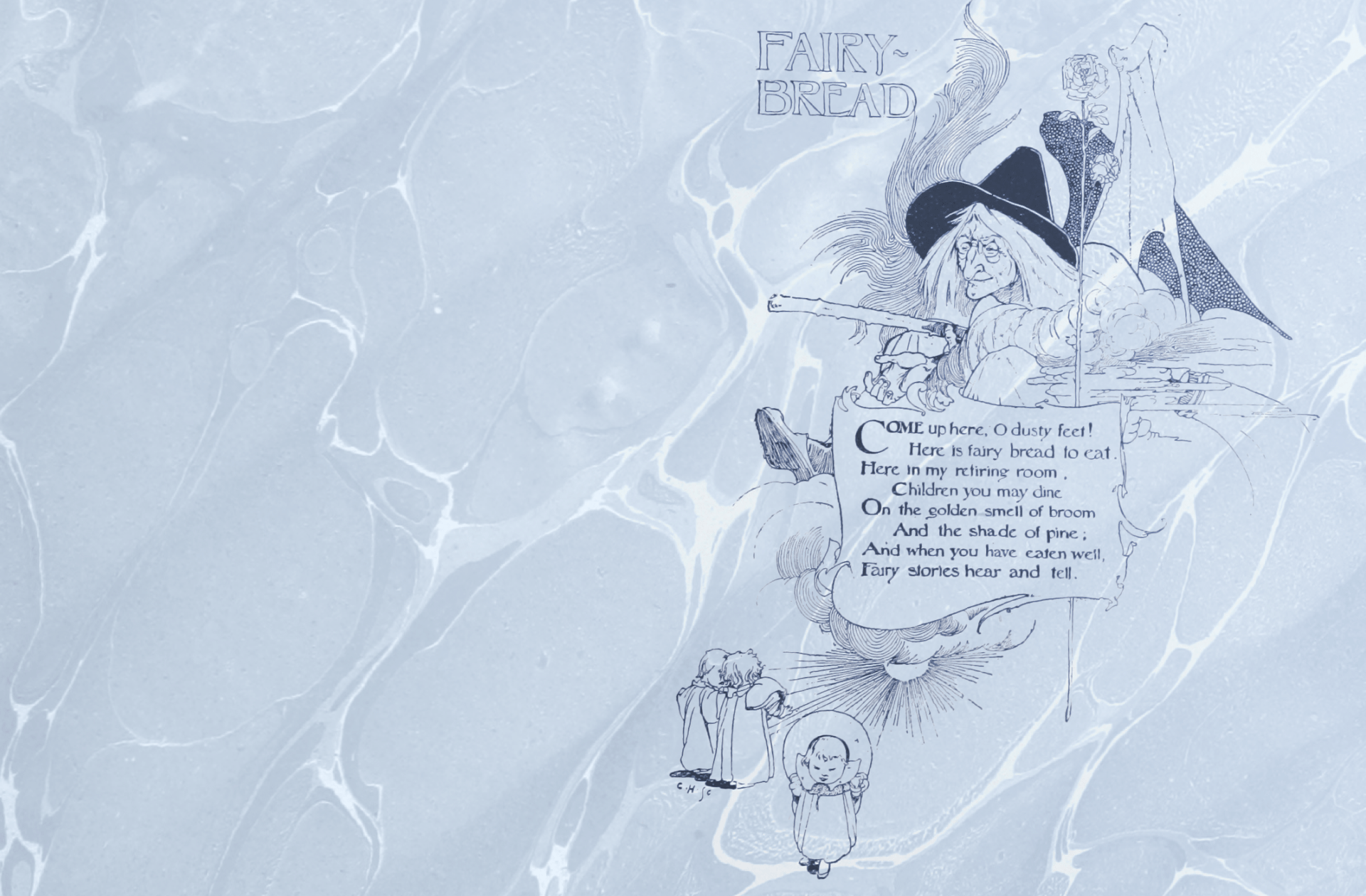
Have you ever stopped to read a paragraph in a novel or short story over and over and over because of its stunningly beautiful language? Maybe you just wanted to experience it a second time, or maybe you gave it a steely-eyed look and thought, how did they do that?
It might surprise you to know that some of the best prose writers are people who have used poetry to develop their linguistic skill sets. Unlike prose writing, which is largely concerned with broad narrative structure, writing poetry is about meticulous word choice and fitting those words together in the most effective possible way. If you can master the macrocosmic and the microcosmic — story structure and poetic language — you’ll be unstoppable.
Here are a few reasons why experimenting with poetry will make you a better writer.
Poetry is all about rhythm
Poetry was first invented as a form of spoken song — a story to be told aloud, recited around campfires, sent into the night air to hold back the terrors of the dark. Despite the advent of the printing press, poetry remains, at its heart, an auditory art form. Writers can use this approach in their prose fiction or essays to make their words as compelling as possible.
This means paying attention to the way one word flows into the next, where you pause to breathe when you read your work out loud, balancing your soft, smooth vowels with hard, sharp consonants.
Check out an excerpt from this Red Riding Hood retelling, Femmes Sauvage by Johnny Clewell:
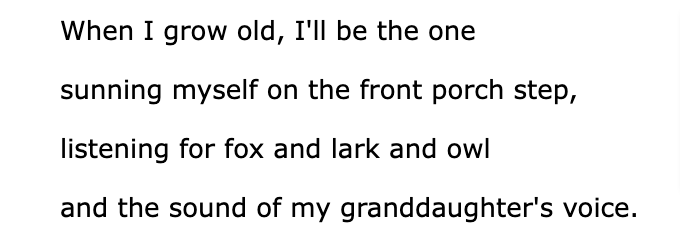
This is a free-verse poem, rather than a traditional structured poem, but it still reads like a lyrical bedtime story. There are no snags that trip up the voice as the poem progresses; it simply pulls you in so subtly that you don’t even notice. This is key to getting a reader to just-one-more-chapter their way through an entire novel.
Poetry makes use of white space
As poetry moved from an oral form to a written form, poets began experimenting with ways to lay out their words on the page to enhance the reader’s experience. This might involve where you end a line, where you start a line, what shape the lines create, or how you choose to space them out across the page.
Here’s an example from a poem inspired by Biblical mythology: To Breathe, by V.C. Blackhouse:
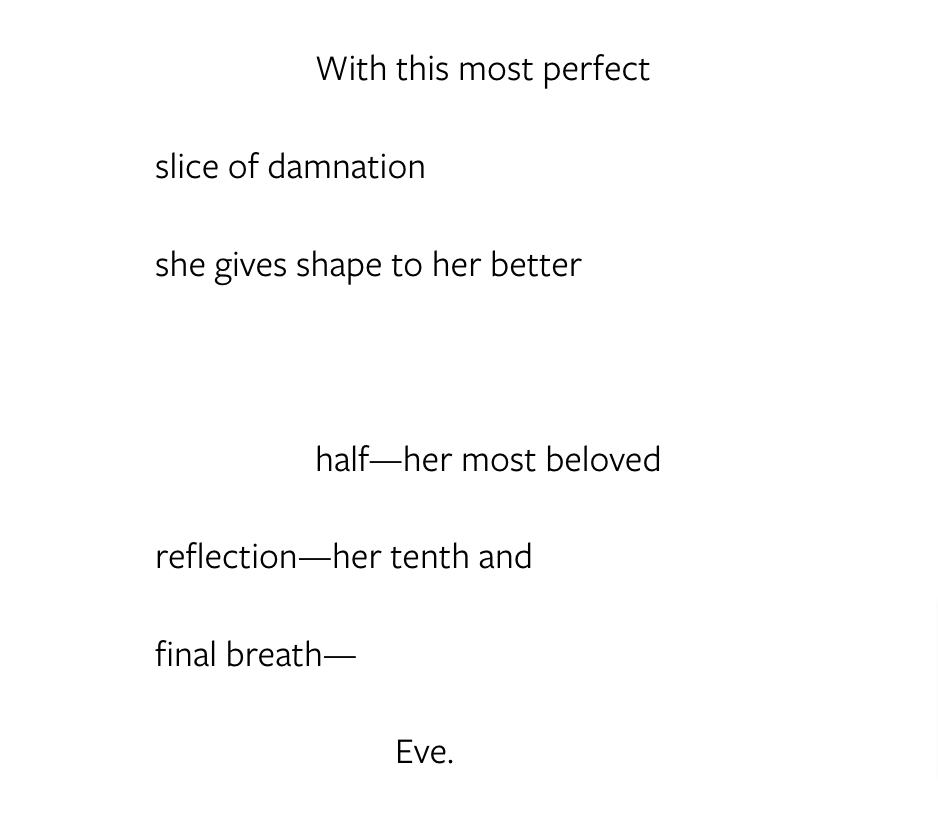
Although you may not be using this approach in your prose writing (although some authors do — October, October by Katya Balen is a good example of this), it can help you look at your canvas in a new way. You can explore the effect of particular paragraph breaks or scene breaks, ways of formatting dialogue, or ways of laying out certain design elements that bring a story to life.
Poetry encourages specificity
Since poetry doesn’t have as much room to play as prose writing, the words a poet chooses have to do a lot of heavy lifting in a small space. Poets will often examine and discard several contextual matches before landing on the exact right word that not only conveys the right meaning, but also has the right auditory sound to give the poem an extra edge.
Pay attention to a word’s visceral, emotional quality and the way the word fits into the other words around it. Here’s an example from a poem drawn from Greek mythology: The Previously Unnoticed Love Story of Scylla and Charybdis, by Emily Carlson.
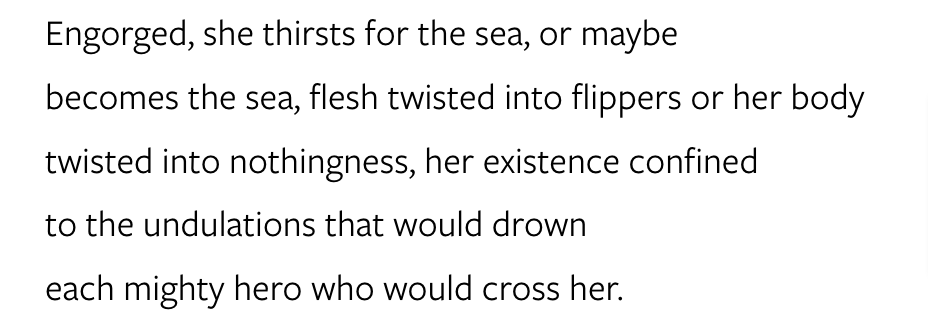
This stanza has a lot going on: assonance, consonance, double meanings, and moody gothic gloom. The poet uses repeated sounds in “becomes” and “body”, “flesh” and “flippers”. The words “nothingness” and “undulations” don’t quite rhyme, but they have enough sounds in common that they feel like they follow a pattern. Consider also the word “cross”: it refers to both the literal crossing of a river, and the figurative crossing of a woman scorned. That’s a lot to accomplish in only five letters.
The rhetorical choices here are subtler than in a more traditional rhyming poem, but they still give the poem a distinct sense of rhythm. You can use these techniques to craft smooth, compelling prose writing too.
Many successful novelists and short story writers have played with writing poetry to improve their craft, and it shows in the beauty of their prose. Poetic techniques have a lot to teach us about putting together stories that make the reader want to keep reading long past bedtime.





